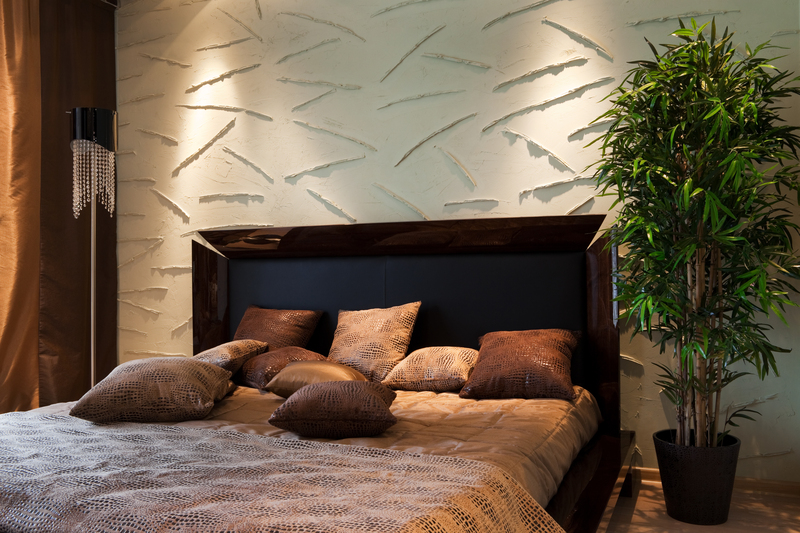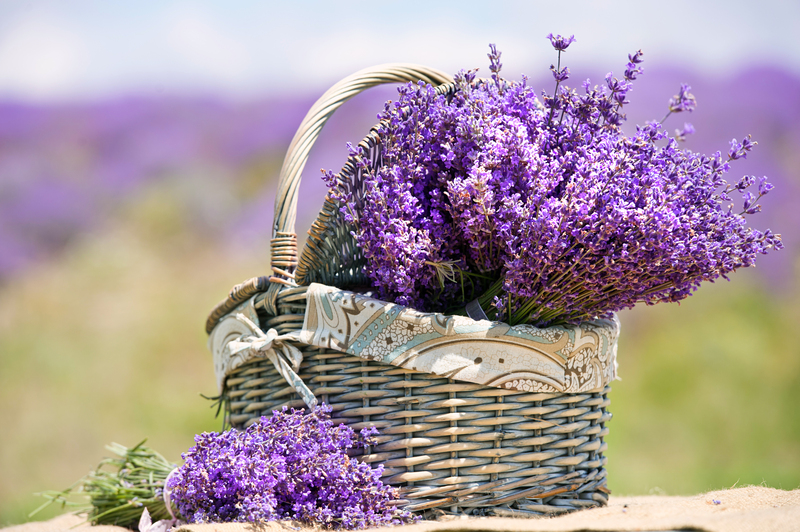Cultivating Plants in Your Conservatory
Posted on 25/03/2025
A conservatory is more than just an architectural feature; it's a sanctuary for plant enthusiasts and a haven for biodiversity. This enclosed space offers a unique environment for growing an array of plants, allowing you to enjoy the beauty of nature throughout the year. From tropical plants to seasonal flowers, cultivating plants in your conservatory can transform it into a green oasis. This article will explore the essential aspects of cultivating plants in a conservatory, including types of plants, environmental control, care tips, and design ideas.
The Unique Environment of a Conservatory
A conservatory provides a controlled environment that bridges the gap between indoor and outdoor growing conditions. Factors such as temperature, light, humidity, and air circulation can be regulated more effectively than in a typical garden. The glass enclosures of conservatories allow ample sunlight while protecting plants from extreme weather conditions.

Choosing the Right Plants for Your Conservatory
The type of plants you choose for your conservatory will depend on several factors, including the amount of natural light available, temperature ranges, and the specific microclimate within your conservatory. Here are some popular types of plants well-suited for a conservatory environment:
1. Tropical Plants
Tropical plants thrive in the warm, humid conditions often found in conservatories. Consider plants like orchids, bromeliads, and various types of ferns. These plants not only add vibrant colors and exotic appeal but also flourish in controlled environments with consistent care.
2. Succulents and Cacti
If your conservatory receives a lot of direct sunlight, succulents and cacti are excellent choices. These plants are low-maintenance and come in various shapes and sizes, making them perfect for adding a unique aesthetic element to your conservatory.
3. Seasonal Flowers
For those who enjoy a changing landscape, seasonal flowers such as chrysanthemums, tulips, and daffodils are ideal. These plants can bring bursts of color and fragrance during their blooming seasons and can be replaced or rotated throughout the year for variety.
Environmental Control in Conservatories
Proper environmental control is crucial for the health and growth of your plants. Here are key aspects to consider:
1. Temperature
Maintaining an optimal temperature is vital. Most plants thrive in temperatures between 60-75?F (15-24?C) during the day and slightly cooler temperatures at night. Using thermostats and heaters can help you maintain these ranges, especially during colder months.
2. Light
Naturally lit conservatories benefit from ample sunlight, but you may need to supplement it with grow lights, especially during the winter months. Ensure that the plants receive sufficient light according to their specific needs--some may require full light while others thrive in partial shade.
3. Humidity
Humidity levels are critical, especially for tropical plants. Maintaining a humidity level between 50-70% is generally recommended. Using humidifiers and misting your plants regularly can help achieve this.
Caring for Your Conservatory Plants
Regular care and maintenance are essential for the health and longevity of your conservatory plants. Here are some fundamental care tips:
1. Watering
Proper watering is crucial, but the needs can vary significantly between different types of plants. Tropical plants may require frequent watering to keep the soil moist, whereas succulents and cacti need less frequent watering. Always use pots with drainage holes to prevent waterlogging.
2. Pruning and Cleaning
Pruning helps stimulate growth and maintain your plants' shape and size. Regularly remove dead leaves and flowers to prevent mold and pest infestations. Cleaning the leaves with a damp cloth can also help them absorb more sunlight.
3. Fertilizing
Plants in conservatories can deplete soil nutrients over time, making regular fertilization important. Use a balanced, water-soluble fertilizer and follow the recommended schedule for each type of plant. Over-fertilization can harm your plants, so it's better to err on the side of caution.
Designing Your Conservatory
Designing your conservatory is not just about aesthetics; it's also about creating an environment where your plants can thrive. Here are some design tips:
1. Layering
Utilize different heights and plant sizes to create a layered effect. Taller plants can be placed at the back or corners, with medium-sized plants in the middle and smaller plants at the front. This layering not only looks appealing but also ensures that all plants receive adequate light.
2. Planters and Pots
Choose planters and pots that complement your conservatory's overall design. You can mix and match colors and materials for variety, or stick to a cohesive theme for a more uniform look. Ensure that all pots have good drainage and are appropriately sized for each plant.
3. Vertical Gardens
If space is limited, consider creating a vertical garden. Hanging planters, wall-mounted pots, and shelving units can help you maximize space and add a dynamic visual element to your conservatory.

Dealing with Common Issues
Despite your best efforts, you may encounter some common issues while cultivating plants in your conservatory. Here are solutions for a few typical problems:
1. Pests
Aphids, spider mites, and whiteflies are common pests that can affect your conservatory plants. Regularly inspect your plants for signs of infestations and use natural remedies or insecticidal soaps to manage these pests effectively.
2. Diseases
Fungal infections and root rot are common diseases in conservatory plants. Proper watering techniques, good air circulation, and maintaining cleanliness can help prevent these issues. If you notice signs of disease, isolate the affected plant and treat it with appropriate fungicides or other remedies.
3. Overcrowding
As your plants grow, they may require more space. Overcrowding can lead to competition for light, water, and nutrients. Periodically assess the layout of your conservatory and re-pot or relocate plants as needed to ensure they have sufficient space to grow.
Conclusion
Cultivating plants in your conservatory can be a rewarding experience that brings beauty and tranquility into your home. By understanding the unique environment of a conservatory, selecting the right plants, and maintaining optimal conditions, you can create a lush, thriving haven for all your favorite greenery. Whether you're an experienced gardener or a novice, the joy of nurturing plants in a conservatory is an enriching and ever-evolving journey.
From choosing the right plants and providing proper care to designing an aesthetically pleasing layout, every aspect plays a crucial role in the success of your conservatory garden. With attention to detail and a passion for growth, your conservatory can become a vibrant, year-round retreat filled with the wonders of nature.



